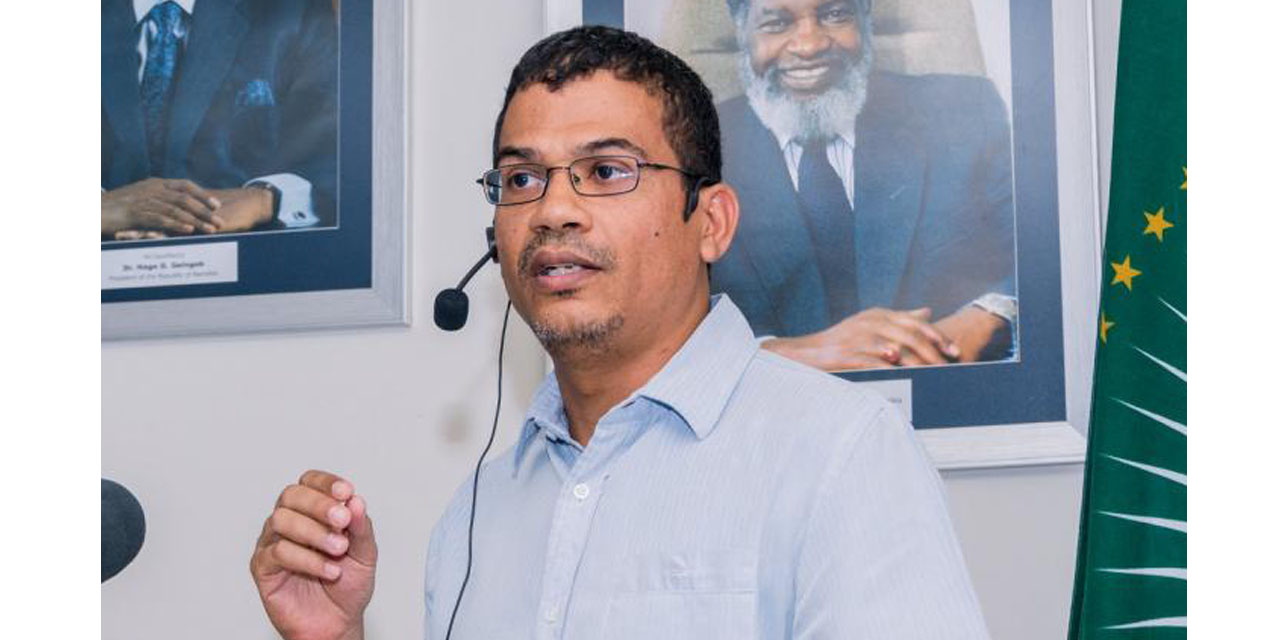Niël Terblanché
In order to bolster the sustainability and productivity of inland fisheries, Namibia’s Ministry of Fisheries and Marine Resources has laid out a comprehensive plan for the 2024-2025 financial year, seeking over N$61 million in funding.
Minister Derek Klazen highlighted the ministry’s proactive approach towards understanding and enhancing the nation’s aquatic resources through detailed biological surveys conducted across major rivers and water bodies, including the Zambezi, Kwando, Kavango, and Orange Rivers.
During his budget motivation, Klazen said that the past financial year saw the ministry engage in a multifaceted strategy to nurture the aquaculture sector.
This included the implementation of research and monitoring programmes, the provision of extension services to fish farmers, and the distribution of fish feed, fingerlings, and fish nationwide.
He said the efforts yielded the production of more than 900,000 fingerlings and provided essential training to 192 small-scale fish farmers and students, significantly contributing to local capacity building and food security.
The minister added that the wild capture inland fisheries sub-sector witnessed a notable yield, bringing in approximately 2,500 tons of fish, indicating the rich potential of Namibia’s inland waters.
In a strategic move to ensure the sustainable management of these vital resources, the ministry has gazetted new fisheries reserves on the Kavango River in Kavango East at various conservancies.
He said the initiative earmarks ten individual fishing areas under the stewardship of local communities, embodying a community-centred approach to fisheries management and conservation.
According to Klazen, significant investment in aquaculture and inland fisheries stresses Namibia’s commitment to harnessing its aquatic resources sustainably.
He said that by focusing on research, development, and community engagement, the ministry aims to foster a resilient aquaculture sector that can contribute to economic development while ensuring the conservation of aquatic ecosystems for future generations.




